Understanding Rome Restaurant Menus
Italy is a country I could visit over and over again, and I have—three times, in fact! Rome is always a favourite for me, being a history, food, and art lover! The food in Italy is famous all around the world. Who doesn’t love pasta and pizza?
Table of Contents
ToggleBUT, figuring out what to eat and how to navigate a Rome restaurant menu can be a bit overwhelming, especially if you’ve never been to Rome before.
My first time ordering from a Rome restaurant menu was a mix of confusion and slight overwhelm. How much food should I order? Which dishes are must-tries? What’s a “Primi”? The list goes on.
Here’s a guide to help you understand and enjoy your meal in Rome.
Tip: Some must-try dishes in Rome include Carbonara, Cacio e Pepe, and Saltimbocca. These dishes are staples of Roman cuisine and should definitely be on your list.
⏰ Short on time? Here's our top recommendation for Vatican City
❤️ If you love food we recommend these foodie activities in Rome!
The Truffle Experience in Rome
Pasta-Making Class with Food and Drinks
Rome Food Tasting with Wine Paring in Trastevere Experience
🍝 Popular restaurants in Rome require bookings. You’ll find great restaurants recommendations in Rome here.
💸 Save Money: Use the Rome Pass includes attraction and public transport. Check it out here.
👉 Read Next: Best Pizza Making Class in Rome
Disclaimer: Please note that some of the links in this article may be affiliate links. This means that, at no extra cost to you, I may earn a small commission if you click on or make a purchase through these links.
How to Properly Order from a Rome Restaurant Menu
Ordering from a Rome restaurant menu can be a fun experience if you know what to look for. Italian menus are typically structured in courses, but it’s helpful to know what each section means to figure out how much food to order. I’ve definitely made the mistake of under-ordering before…worse than over-ordering, right?

Italian Restaurant Menu Courses Explained
Antipasti (Appetizers)
Antipasti are the starters, similar to appetizers in America. They often include cured meats, cheeses, bruschetta, and vegetables. I recommend starting with a classic bruschetta or a platter of mixed cured meats and cheeses to share with your table.
TIP: Don’t forget to drizzle some olive oil on your bread—it’s a staple and you won’t regret it!
Primi (First Courses)
Primi are the first main dishes, typically pasta, risotto, or soup. These portions are larger than antipasti but smaller than secondi. My personal favourites are Cacio e Pepe and Carbonara, which you must try in Rome! They are rich, flavorful, and quintessentially Roman, often featuring cheese, garlic, and olive oil. (YUM!)
Secondi (Second Courses)
Secondi are the main protein courses, usually meat or seafood. Unlike in the US, secondi do not come with sides. A must-try is Saltimbocca alla Romana, a delicious veal dish cooked with prosciutto and sage. Another great option is spaghetti alla gricia, made with cheese and pasta.
👉 For more dining tips in Rome, check out The Perfect 3 Day Rome Itinerary and Best Things to Do in Rome at Night.
Contorni (Side Dishes)
Contorni are simply side dishes that accompany secondi, such as vegetables, salads, or potatoes. It’s common to order a couple of contorni to share among the table. I particularly enjoy sautéed spinach or roasted potatoes with olive oil (of course!).
Dolci (Desserts)
Dolci are the dessert options. Tiramisu, gelato, and panna cotta are popular choices. For an authentic Roman dessert, you must try tiramisu, my personal favourite.
Caffe (Post-Dinner Espresso)
Caffe is served after dessert. Italians typically enjoy an espresso to finish their meal. Remember, it’s rare to see cappuccino ordered after breakfast in Italy.
Digestivi (After-Dinner Liqueurs)
Digestivi are liqueurs like limoncello or grappa, believed to aid digestion in Italy. I recommend trying a limoncello, especially on a warm evening.
👉 You can’t go to Italy without taking a cooking class. Watch my experience in Rome!
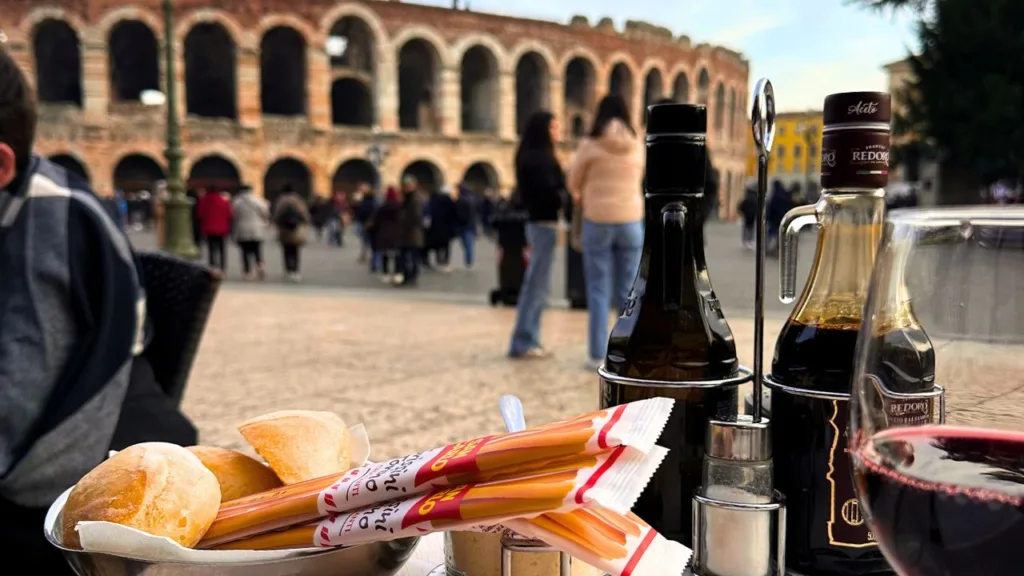
FAQ
How to Order Water in Italian Restaurants and Is It Free?
In Italy, water is typically not free. When ordering, you’ll be asked if you want “acqua naturale” (still water) or “acqua frizzante” (sparkling water).
Difference Between Osteria, Trattoria, and Ristorante?
Osterias are casual places with simple menus, trattorias are usually family-run and slightly more formal, while ristorantes are the most formal dining establishments with extensive menus.
For a deeper dive, read my article on the Difference Between Osteria and Trattoria.
Do You Tip at Restaurants in Rome?
Tipping is not obligatory in Italy, but it’s appreciated. A small amount, like rounding up the bill or leaving a few euros, is customary.
My guide on What to Pack for a Trip to Italy offers more useful tips for travelling to Italy from my experiences.
What Time Do You Eat Dinner in Rome?
Dinner in Rome typically starts around 8 PM and can go until 10 PM or later. I definitely recommend making reservations if you plan to dine at a popular spot.
👉 If your looking for the Best Things to Do in Rome at Night check out these tip.
What Dishes to Eat in Rome?
In addition to the must-try dishes mentioned earlier, don’t miss out on trying Supplì (fried rice balls), Carciofi alla Romana (Roman-style artichokes), and Filetti di Baccalà (fried cod fillets).
What Time Do Restaurants Close in Rome?
Most restaurants in Rome close around 11 PM to midnight, though some may stay open later, especially in tourist areas near the Colosseum or Pantheon.
How Much Do Meals Typically Cost in Italy?
Meal prices vary. A meal in a mid-range restaurant typically costs between €15-€30 per person from my experience. For a budget-friendly option, avoid ristorantes and go for trattorias and osterias.

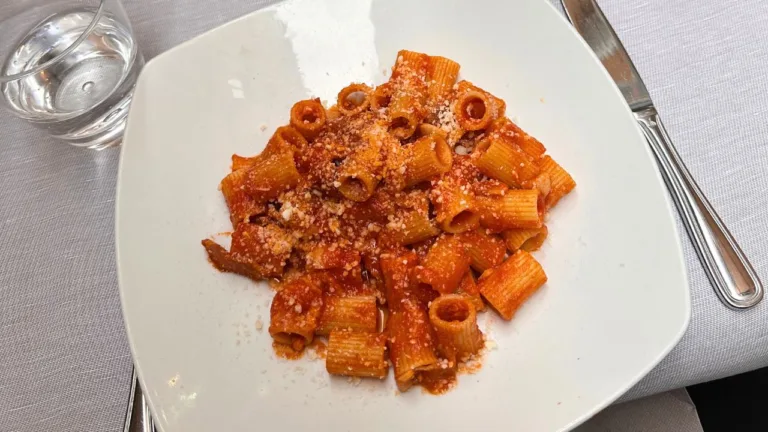
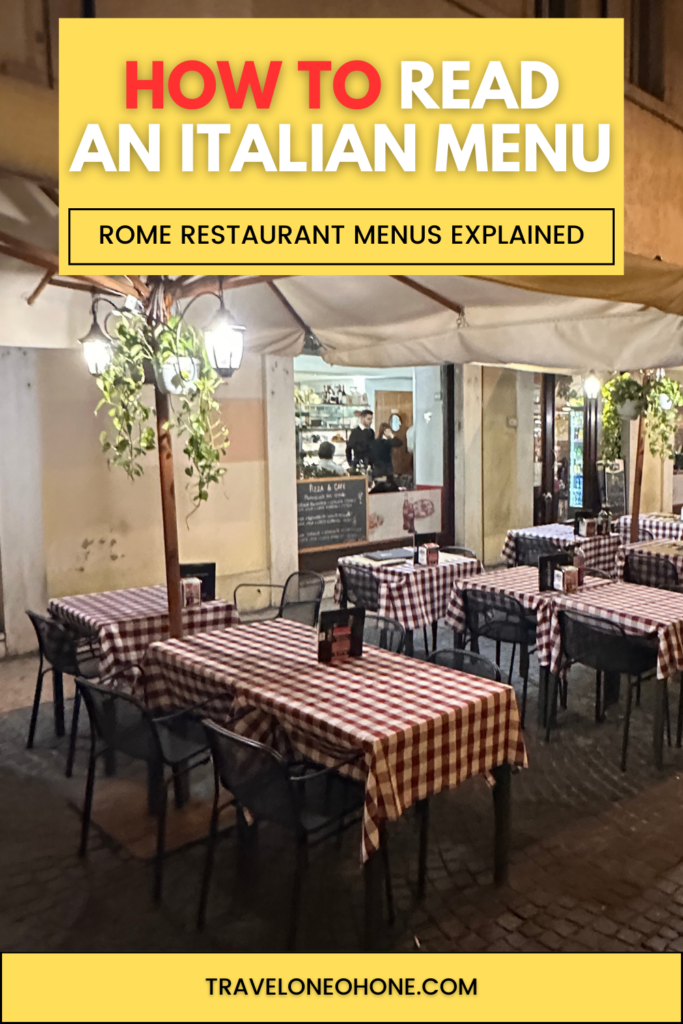
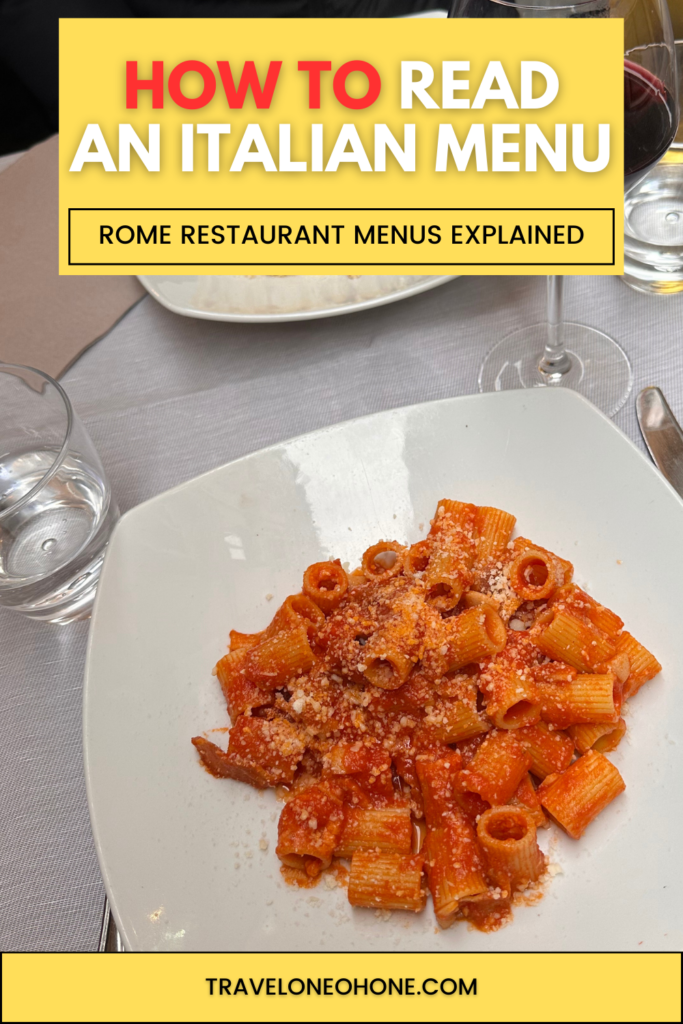
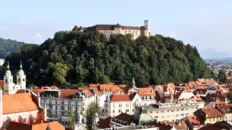
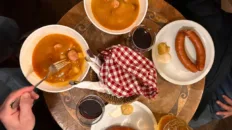





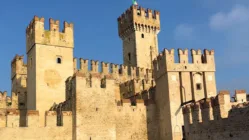



Add comment